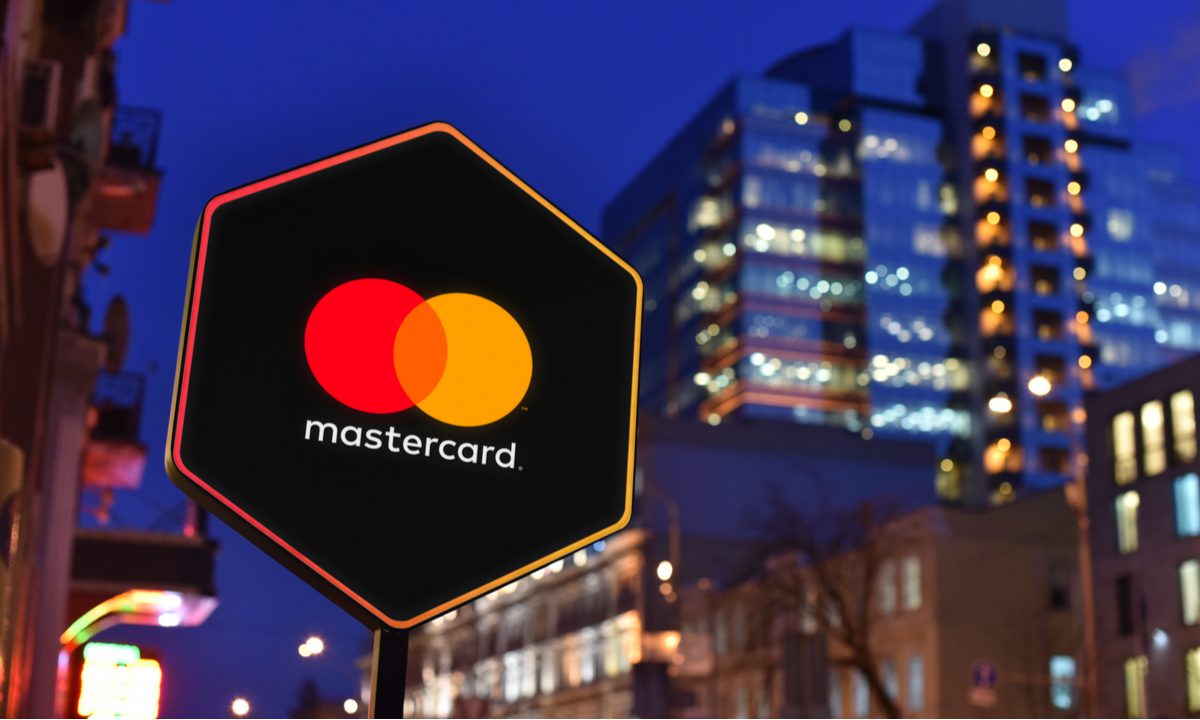Mastercard is a global payment technology company that operates as a payment network, processing and facilitating electronic payments between merchants, financial institutions, and consumers worldwide. Mastercard is one of the leading payment solutions providers in the world, offering a wide range of products and services, including credit and debit cards, prepaid cards, contactless payments, mobile payments, and more.
Mastercard was founded in 1966 as Interbank Card Association (ICA) by a group of banks, including Wells Fargo, Bank of America, and others. In 1979, the organization was renamed Mastercard, and it began expanding globally. Today, Mastercard operates in more than 210 countries and territories, with over 2.8 billion Mastercard-branded cards in circulation.
Mastercard’s payment network connects consumers, merchants, and financial institutions to facilitate transactions. When a customer uses a Mastercard card to make a purchase, the transaction is processed through Mastercard’s network, which verifies the cardholder’s account and available funds and authorizes the transaction. Mastercard then settles the transaction by transferring the funds from the cardholder’s bank to the merchant’s bank.
In addition to its core payment processing services, Mastercard offers a range of products and services, including fraud prevention tools, loyalty and rewards programs, data analytics, and consulting services. Mastercard also partners with fintech startups and other companies to develop innovative payment solutions, such as mobile payments, digital wallets, and biometric authentication.
Overall, Mastercard is a trusted and widely accepted payment solution provider, known for its reliability, security, and innovation. Its introduction has revolutionized the way we make payments, and it continues to lead the way in the rapidly evolving payments landscape.
History of Mastercard
The company has a long and fascinating history, dating back to its founding in the 1960s.
The origins of Mastercard can be traced back to 1966, when a group of banks, including Wells Fargo, Bank of America, and others, formed the Interbank Card Association (ICA).
In the early 1960s, the use of credit cards was still in its infancy, and most merchants did not accept them. Banks issued their own cards, which could only be used at a limited number of locations. This meant that customers had to carry multiple cards if they wanted to make purchases at different retailers.
The ICA was formed in response to this problem, with the goal of creating a universal card that could be used at a variety of merchants. The ICA’s founders believed that by pooling their resources and working together, they could create a payment system that would benefit both consumers and merchants.
The Master Charge card, which was the precursor to Mastercard, was initially launched as a test program in 1966. It was first introduced in Fresno, California, and was gradually rolled out to other cities across the United States. The card was an instant success, with customers and merchants embracing the convenience and flexibility that it offered.
One of the key factors in Mastercard’s success was its focus on building a strong network of member banks. By partnering with banks and other financial institutions, Mastercard was able to expand its reach and offer its services to a wider audience. In addition, the company was able to leverage the resources and expertise of its member banks to develop new products and services.
In the early days of Mastercard, the company faced a number of challenges. One of the biggest was the lack of a standardized payment system. Each bank had its own procedures for processing transactions, which made it difficult to create a seamless payment network. To address this problem, Mastercard developed a standardized system for processing transactions, which allowed for faster and more reliable payments.
Another challenge that Mastercard faced in its early years was competition from other payment solutions providers. One of its biggest rivals was Visa, which had been founded by Bank of America a few years before the ICA. The two companies competed fiercely for market share, with Mastercard eventually emerging as the dominant player in the industry.
Despite these challenges, Mastercard continued to innovate and expand its offerings. In the 1980s, the company introduced new products, such as traveler’s checks and business cards, and it began to expand its operations overseas. By the end of the decade, Mastercard had become a truly global company, with operations in more than 30 countries.
Today, Mastercard continues to be a leader in the payment technology industry, with a wide range of products and services designed to meet the needs of customers and merchants around the world. And while its founding history is now more than 50 years old, the company’s commitment to innovation, collaboration, and customer service remains as strong as ever.
How Mastercard Makes Money?
Mastercard generates revenue primarily through transaction fees charged to its customers, which include banks, merchants, and other financial institutions. The company’s revenue streams can be divided into the following categories:
Transaction Processing Fees: Mastercard earns revenue by charging transaction processing fees to the banks that issue its cards and the merchants that accept them. These fees are typically a percentage of the transaction value and are shared between the issuing and acquiring banks.
The exact fee structure can vary depending on factors such as the type of card used, the location of the transaction, and the size of the transaction.
For example, Mastercard’s standard transaction processing fee in the United States is around 2% of the transaction value, but this can vary depending on the specific circumstances of the transaction. These fees are a major source of revenue for Mastercard, as the company processes billions of transactions each year.
Cross-Border Fees: When a customer uses a Mastercard to make a purchase in a foreign currency or at a merchant located outside of their home country, Mastercard charges a cross-border fee. This fee is typically higher than the standard transaction processing fee and reflects the additional risk and complexity involved in cross-border transactions.
The cross-border fee can vary depending on factors such as the currency used and the country where the transaction is taking place.
For example, Mastercard’s cross-border fee for transactions in the European Union is around 1.2% of the transaction value, while the fee for transactions in other parts of the world can be higher.
Interchange Fees: Interchange fees are a type of transaction fee that is charged to the bank that issues a Mastercard. These fees are typically higher than the fees charged to merchants and are designed to compensate the issuing bank for the cost of underwriting the card and managing the customer relationship.
Interchange fees can vary depending on factors such as the type of card used and the region where the transaction is taking place.
For example, Mastercard’s interchange fee for debit cards in the United States is around 0.80% of the transaction value, while the fee for credit cards is around 1.80%.
Value-Added Services: In addition to its core payment services, Mastercard also generates revenue from a range of value-added services that it provides to its customers. These services include fraud detection and prevention, data analytics, loyalty programs, and mobile payments.
Mastercard charges fees for these services, which are typically based on a percentage of the transaction value or a fixed fee per transaction.
For example, Mastercard’s fraud detection and prevention services charge a fee of around 0.05% of the transaction value, while its data analytics services charge a fee of around $0.03 per transaction.
Other Services: Mastercard also generates revenue from other services such as consulting, training, and marketing support. These services are designed to help banks and merchants optimize their use of Mastercard’s payment solutions and drive growth in their businesses.
The fees for these services can vary depending on the scope of the engagement and the specific needs of the customer.
For example, Mastercard’s consulting services charge a fee based on the number of hours worked by its consultants, while its marketing support services charge a fee based on the scope and complexity of the marketing campaign.
Overall, Mastercard’s revenue model is built on a diverse set of revenue streams that enable the company to generate significant revenue from a wide range of payment and value-added services. By charging fees for transaction processing, cross-border transactions, interchange fees, value-added services, and other services, Mastercard is able to provide a seamless and secure payment experience to its customers while driving growth and profitability for its business.
Also Read: Business Model of Visa – How Visa Makes Money
To read more content like this, subscribe to our newsletter



